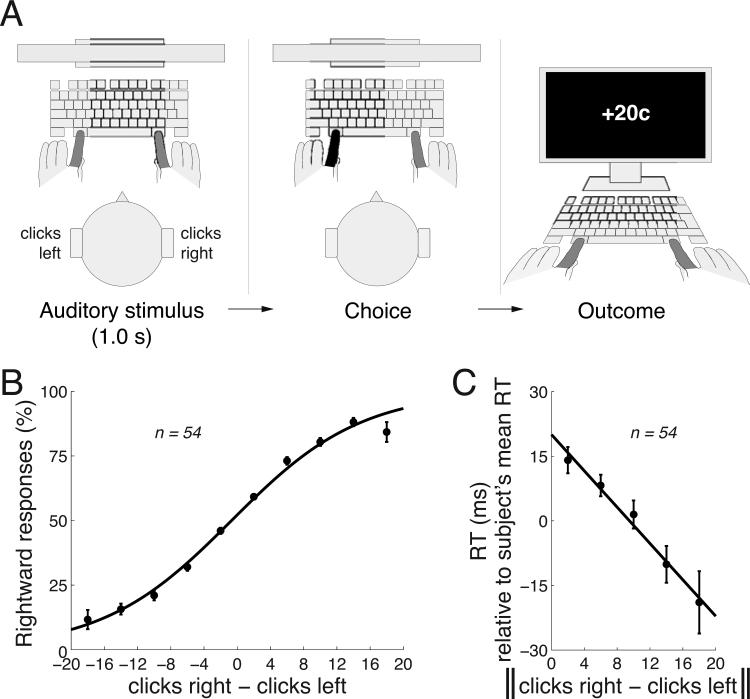Fig. 1. Task and stimulus-based behavior.
A) Subjects listened to a binaurally presented auditory stimulus that comprised a 1.0 s train of Poisson-distributed click sounds (Methods). Following the stimulus presentation, subjects pressed either the left Command key with their left index finger or the right Command key with their right index finger, if they heard more clicks in the right ear or more clicks in the left ear. A response was followed by an outcome (see text for details).
B) Mean±s.e.m. proportion of rightward choices as a function of the difference in the number of clicks in the right and the left ear. The curve represents logistic fit to the 10 data points. The s.e.m. are larger for larger click differences because there were relatively few cases in which subjects were presented with large click differences (i.e., easy stimuli).
C) Mean±s.e.m. RT as a function of the absolute value of the difference in the number of clicks in the right and the left ear. To control for differences in mean RT over the subjects (445±123 ms, mean±s.d.), the mean RT was subtracted from each RT value in each subject.

